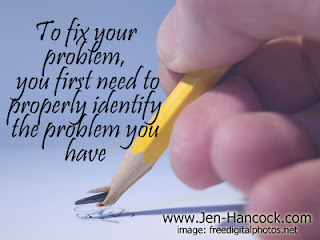Introduction:
In today’s climate, even the word “diversity” has become politically charged. In some sectors, using it openly may result in backlash—or even legal consequences. But inclusion isn’t optional. Organizations still need to harness the full spectrum of human potential to thrive, adapt, and solve complex problems. Inclusion is about ensuring people can contribute without being excluded, sabotaged, or harassed. And that remains vital, regardless of what we call it.
1. Inclusion Is the Goal—Not the Word
The pushback against DEI often centers on terminology. But let’s be clear: we don’t need a word to keep doing the work. Inclusion means making sure everyone—regardless of background, identity, or lived experience—can contribute meaningfully. If the word “diversity” becomes a political lightning rod, we can use other framing—like representation, belonging, psychological safety, or inclusive leadership—without losing the essence.
Tip: Reframe your goals around “effective team participation,” “broadening access,” or “removing participation barriers.”
2. The Real Threat to Inclusion? Sabotage and Harassment
The biggest threats to inclusion don’t come from regulations—they come from inside. Passive-aggressive saboteurs, workplace bullies, and gatekeepers can quietly undo inclusive efforts. They withhold information, sideline new hires, or harass people into quitting—all without ever breaking an official policy.
Inclusion fails not when we stop using the word, but when we let toxic behaviors fester.
Organizations need strategies rooted in behavioral psychology to recognize and stop these patterns. It’s not about training people to “be nice”—it’s about changing the reinforcement systems that allow bullying and exclusion to persist so that bullies can't exclude people from the work group anymore.
3. Why Inclusion Still Pays Off
Inclusive teams don’t just feel better—they perform better. Research shows that when people from different backgrounds are truly allowed to collaborate, they identify risks faster, innovate more, and solve problems more effectively. But that only happens when team members feel safe speaking up—and that means rooting out behaviors that silence or sideline differing viewpoints.
If you’re hiring for talent, you need to protect that talent from saboteurs.
4. How to Protect Your Inclusion Initiatives in a Politicized World
You can protect inclusion efforts without waving a DEI banner:
-
Embed it into leadership values: Talk about fairness, safety, and performance, not identity politics.
-
Use data, not slogans: Focus on participation metrics, attrition rates, and engagement scores.
-
Train your managers in behavioral techniques: Give them tools to shut down sabotage and ensure new ideas aren’t ignored or punished.
-
Make inclusion a performance issue: If someone is undermining a team member’s ability to contribute, it’s a leadership failure—not a personality clash.
5. Next Steps: Train for Real Inclusion
Stopping harassment and sabotage requires more than good intentions—it takes skills. My courses are designed to teach exactly that, using proven behavioral psychology techniques to:
-
Stop variably reinforced harassment
-
Create reinforcement systems that protect inclusion
-
Identify and neutralize saboteurs of inclusive culture
Whether you call it “diversity,” “belonging,” or “collaborative team culture,” the goal is the same: make sure everyone is included and no one on your team is being sabotaged.
Learn how to stop harassment using behavioral psychology →https://humanistlearning.com/programsoffered/#bullying
Learn how to safeguard your inclusion initiatives →https://humanistlearning.com/safeguarding-diversity-and-inclusion-unmasking-saboteurs/






